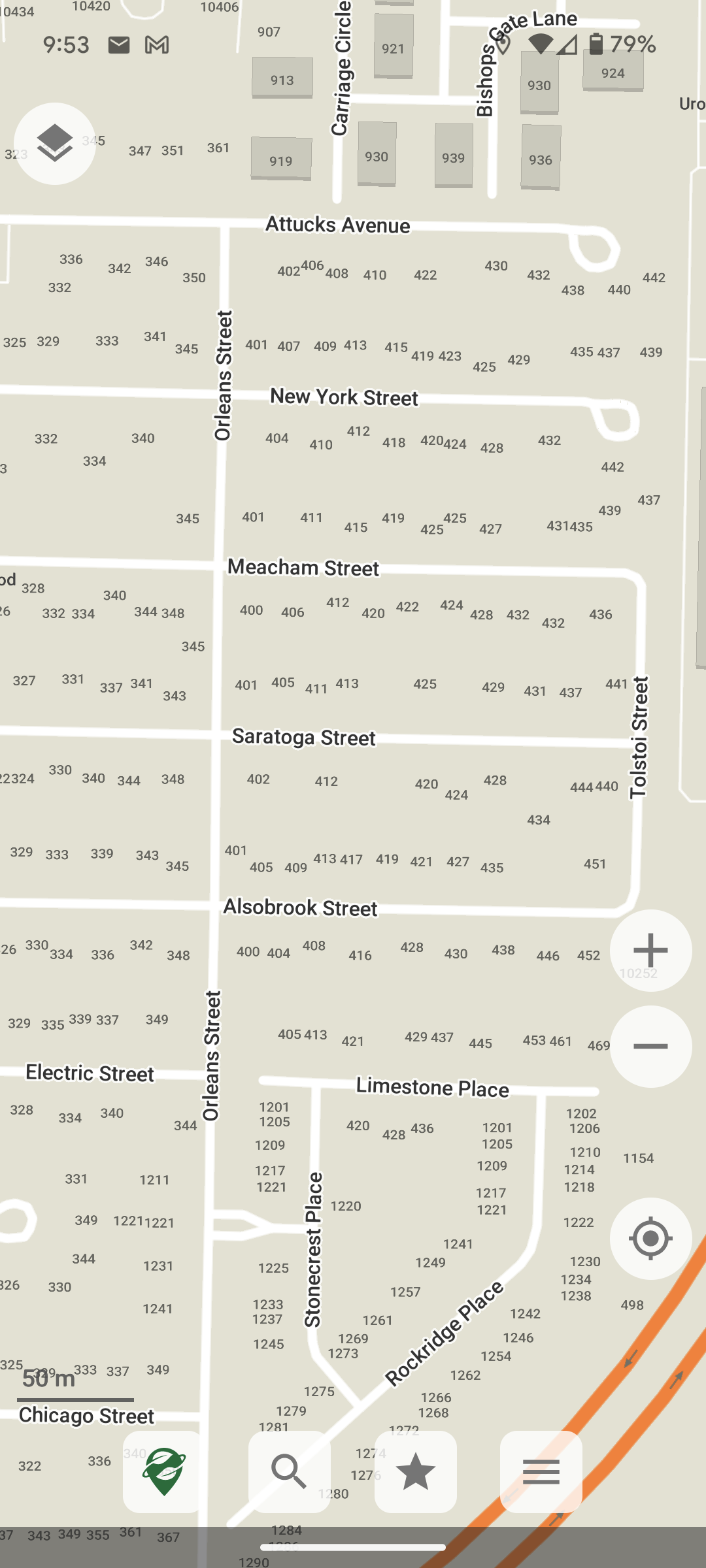I have a Samsung 4K HDR 120hz TV and can't really tell any difference between it and my ancient non-smart Phillips LCD TV that it replaced.
I have an Xbox series x with 4k hdr enabled and everything still just looks "normal" to me.
120hz is slightly noticeable compared to 60 in games that support it, but not a huge deal. 99%+ of what i do on my TV isn't 4K, HDR, or 120hz, so it's not extremely valuable. From "couch distance" anything above 720p is unnoticeable anyway.
I also have a windows 11 laptop with 4k HDR screen and disabled HDR in settings because the colors were all horrible looking with it on. Honestly I run it in 1080 instead of 4k because it uses less battery, performs better, and many programs don't work correctly at 4K, and i can't tell the difference anyway. Tiny pixels are still tiny.
I realize this whole comment may come off as old man "get off my lawn" fist-shaking. I'm not trying to downplay other people's experiences who seem to be genuinely impressed by these features, and maybe I'm just "holding it wrong", but for me, personally, I regret spending extra for the whole 4K HDR thing.

If you just want to listen to the music you can do that here: https://vgmrips.net/packs/pack/beyond-oasis-the-story-of-thor-mega-drive-genesis